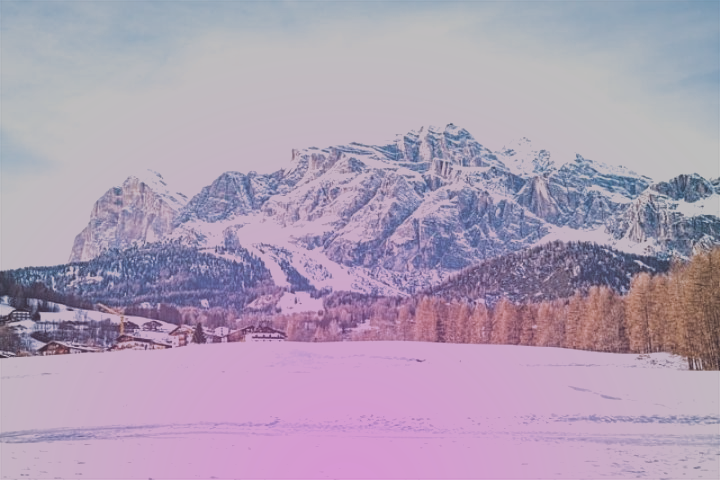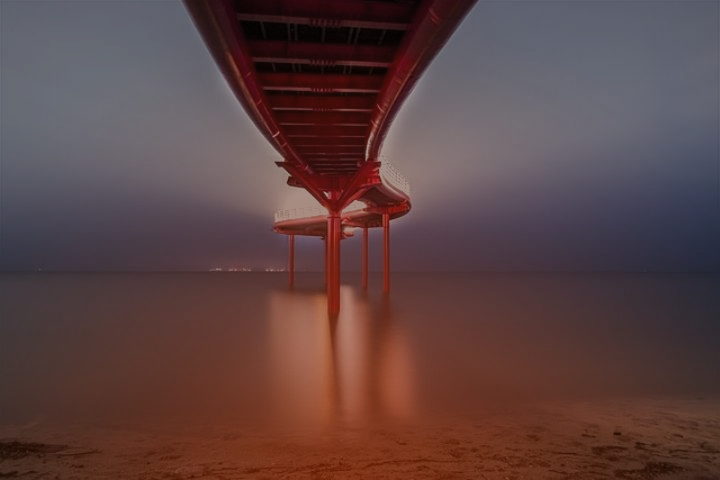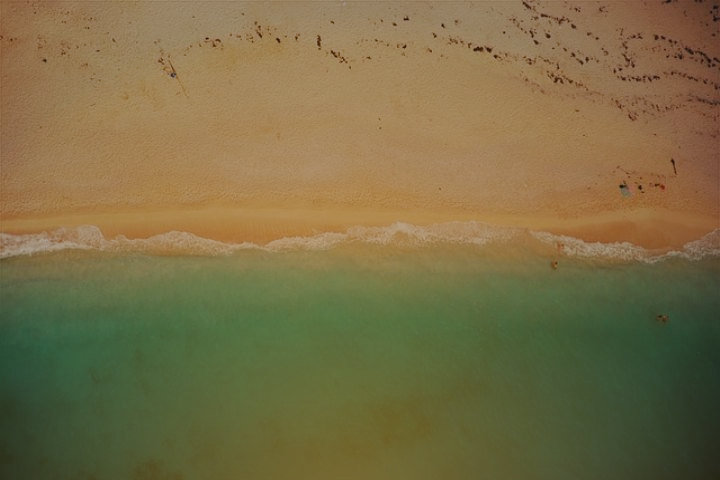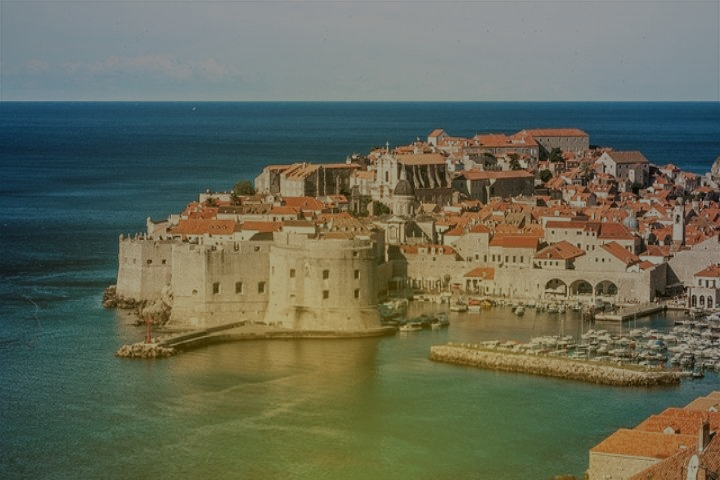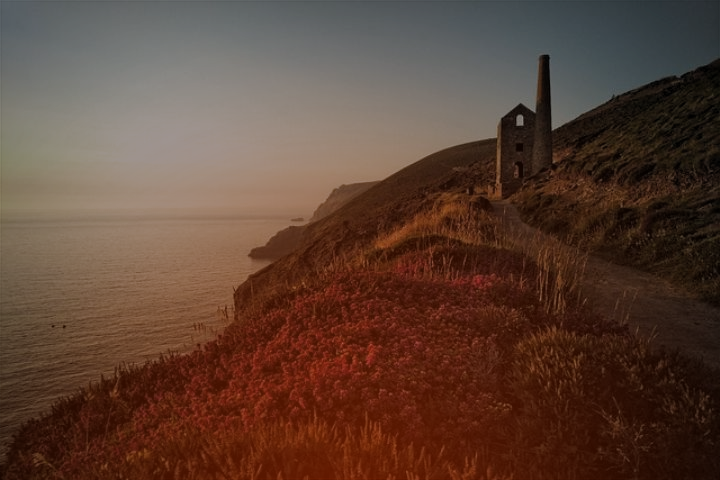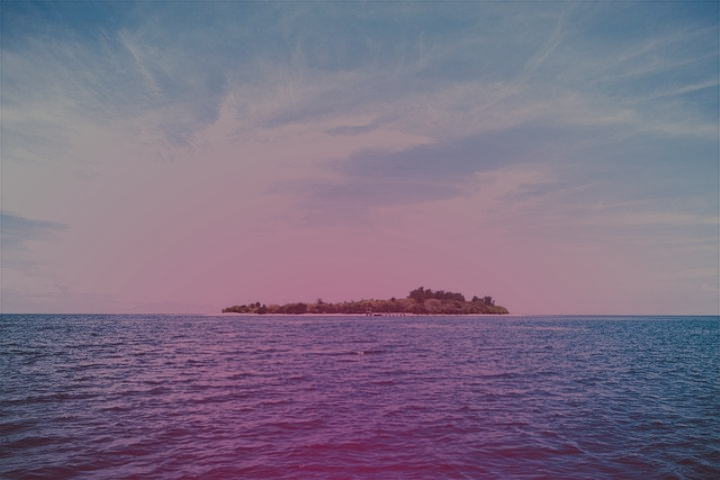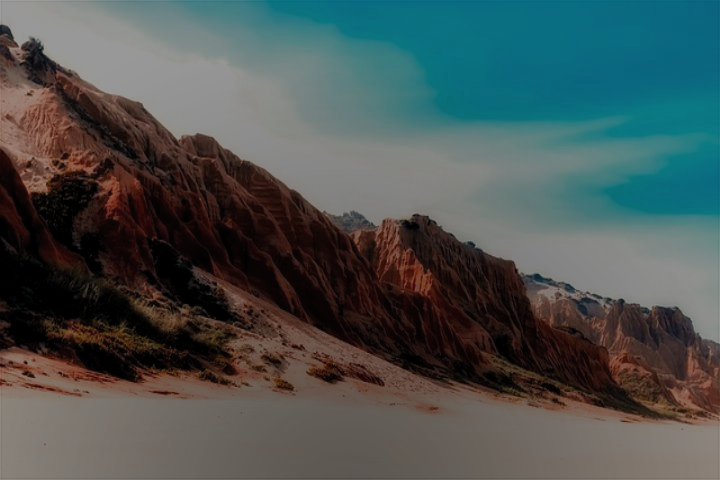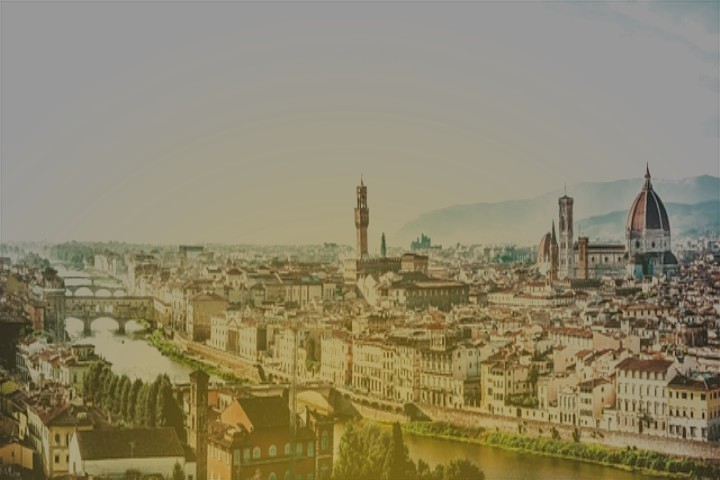Iconic Monuments and Statues of Villach
Villach is a city in Austria famous for its historical and cultural riches. It is home to many historical monuments and statues. In this article, we will explore in detail the most iconic monuments and statues of Villach.
Toc [Hide]
- 1. 1. Villach Main Square (Villacher Hauptplatz)
- 2. 2. Castle Hill (Burg Landskron)
- 3. 3rd St. St. Jacob’s Cathedral
- 4. 4. Kempen-Germany Bridge
- 5. 5. Houska Castle
- 6. 6. Drava River Views
- 7. Table: Iconic Monuments and Statues of Villach
- 8. History and Features of Sculptures
- 9. The Effect of Statues on Tourists
- 10. Other Touristic Places That Have Become the Center of Attention for Tourists
- 11. In summary
- 12. War Memorials
- 13. Importance of Monuments
- 14. Conclusion
- 15. 1. Villach Main Square
- 16. 2. Villach Castle
- 17. 3. Peraustra Gate
- 18. 4th St. Nicholas Church
- 19. 5th St. Jacob Church
- 20. 6. Landskron Castle and Zoo
- 21. History of the Fountain
- 22. Architectural Features of the Fountain
- 23. Symbolic Meaning of the Fountain
- 24. Recommendations for Visitors
- 25. The Importance of Sculpture in Art
- 26. Characteristics of Modern Sculptures in Villach
- 27. Areas of Modern Sculptures in Villach
- 28. The Future of Sculpture
- 29. Conclusion
1. Villach Main Square (Villacher Hauptplatz)
Known as the heart of Villach, the Main Square is the city’s most important monument. This square is located in St. Petersburg, built in the 13th century. It is surrounded by Jacob’s Cathedral. In the square, you can see this Gothic style cathedral and enjoy a historical atmosphere. At the same time, historical buildings and colorful houses stand out here.
2. Castle Hill (Burg Landskron)
Castle Hill, located at the top of Villach, is famous for its panoramic views. Landskron Castle, located here, was built in the 15th century and offers visitors a historical journey. The castle also has a show called Landskron Fight that allows you to interact with birds of prey that you can see in their natural habitat. This is a unique monument that offers both a historical and natural experience.
3rd St. St. Jacob’s Cathedral
Villach’s most well-known religious building is St. Jacob’s Cathedral attracts attention with its Gothic style. Built in the 14th century, this cathedral is part of the city’s historical and cultural heritage. The interior is also very impressive and is decorated with historical frescoes, sculptures and stained glass windows. St. Jacob’s Cathedral is also an important center of attraction in terms of religious tourism.
4. Kempen-Germany Bridge
The Kempen-Germany Bridge is a monument located over the Drava River in Villach. This historic bridge, built in the 19th century, is the symbol of Villach. Crossing this bridge while walking or cycling offers a great opportunity to explore the beautiful views and riverside. There are also boats right near the bridge where you can take a ride on the river.
5. Houska Castle
Houska Castle, located close to Villach, is the most mysterious structure in the city. This castle is surrounded by legendary stories and some believe it contains the gate of hell. Houska Castle was built in Gothic style and offers a fascinating experience with its historical atmosphere. Inside, visitors can find a museum where they can discover information and stories about the castle.
6. Drava River Views
The Drava River lies within the natural beauty of Villach and offers beautiful views as well as historical monuments. You can walk, cycle or take boat tours along the river. This is one of the major tourist attractions of Villach with its timeless beauty.
Table: Iconic Monuments and Statues of Villach
Monument or Statue Description Villach Main Square (Villacher Hauptplatz) St. Petersburg, built in the 13th century. The main square surrounded by St. Jacob’s Cathedral and historical buildings. Castle Hill (Burg Landskron) Landskron Castle, built in the 15th century, and a natural habitat where hunting birds are exhibited. St. St. Jacob’s Cathedral is a cathedral that draws attention with its Gothic style and is decorated with historical frescoes and stained glass windows. Kempen-Germany Bridge is the symbolic bridge over the Drava River. Houska Castle A mysterious castle built in Gothic style, surrounded by legends. Drava River Views River views among the natural beauties of Villach.
Villach is a city that attracts attention with its historical and natural riches. The iconic monuments and statues mentioned above reflect the heritage and beauty of Villach. Visiting these monuments will provide an in-depth look at the history and culture of the city and provide a travel experience full of unforgettable memories.
Villach is a city located in the south of Austria, famous for its historical and cultural riches. In this beautiful city, there are many touristic statues that have become the center of attention of tourists. These statues have become a center of attraction for both locals and foreign tourists. Tourist sculptures in Villach reflect the characteristic features of the city and immortify memories for tourists.
History and Features of Sculptures
Tourist sculptures in Villach are often made by local artists. Each statue symbolizes the city’s history or cultural heritage. Some of these statues depict historical figures, while others depict legendary figures.
One of them, the “Villach Guard Statue”, is one of the symbols of the city. Located in Villach Castle on the Austrian-Italian border, this statue represents historical security in the city. Additionally, this statue impresses visitors as it reminds them that Villach has an impressive military history.
Another popular statue is the “Villach Castle Statue”. This statue symbolizes Villach Castle, one of the most famous historical buildings in the city. This statue, reflecting the historical surface of Villach, is popular among tourists. A sign next to the statue provides access to information about the castle and offers visitors more information about its history.
The “City Coat of Arms Statue” is also among the touristic statues of Villach. This statue depicts the official coat of arms of Villach. Decorated with various symbolic elements, the statue conveys the history of the city to visitors.
The Effect of Statues on Tourists
Tourist statues in Villach have become visual attractions that attract tourists. These statues help tourists learn more about the city and discover its culture. They also provide breathtaking photo opportunities to tourists.
These statues are also of great importance to the local people. While the statues aim to preserve the history and cultural heritage of their cities, they have also become symbols that local people are proud of. Reflecting the culture and identity of Villach, these sculptures emphasize the character of the city.
Other Touristic Places That Have Become the Center of Attention for Tourists
Besides the touristic statues, Villach also has many other tourist attractions. One of them is “Rathausplatz”, the main square in Villach. This square is famous for its historical buildings, restaurants and cafes. In addition, events and festivals held in the square also attract the attention of tourists.
Another important tourist spot is the “Villach Museum”. This museum displays the city’s ethnographic and historical heritage. It offers visitors many interesting exhibits to better understand Villach’s past.
Villach’s natural beauties also attract the attention of tourists. Lakes such as “Lake Faaker” and “Lake Ossiacher” are popular spots for their natural beauty and water activities. These beauties offer tourists a unique nature experience.
In summary
The touristic statues in Villach have become the center of attention of local and foreign tourists. While these sculptures reflect the history and cultural heritage of the city, they also offer unforgettable memories to tourists. Together with other tourist attractions located in Villach, it offers tourists a rich experience and helps them discover the cultural and natural beauties of the city.
The Meaning of Monuments: War Memories in Villach
Many monuments in our country symbolize historical value. One of these monuments is the war memories located in the Villach region. Villach is an important city located in southern Austria. In this article, we will examine the meaning of the war memories in Villach and see how these monuments reflect past war periods.
War Memorials
Villach has witnessed many wars throughout its history. These wars are one of the factors affecting the current appearance of the city. The war memorials in Villach carry the traces of this past to the present.
The most striking among these monuments are I. and II. These are war memorial parks used for commemoration ceremonies during the World Wars. These parks were built to preserve the memory of the soldiers who lost their lives in the war. Each monument reminds us of the brutality and suffering of the war of that period.
Monument Name Meaning Victory Monument It symbolizes the victories won in the war. Martyrs’ Monument commemorates the soldiers who lost their lives in the war. The Independence Monument represents the independence gained after the war.
Importance of Monuments
These monuments should not be seen only as historical values. They are also an important resource that transmits the painful memories of the war to future generations. Thanks to these monuments, people can understand how terrible the wars of the past were and how valuable peace is.
The monuments also remind us of the destructiveness of war and the damage it has done to human history. Therefore, it is of great importance to protect and maintain these monuments regularly. If monuments remain neglected, the values of that period may be destroyed and forgotten.
However, the contribution of these monuments to tourism should not be ignored. Tourists coming to the city of Villach can experience the atmosphere of that period and learn more about its history by visiting these war memorials. This increases the tourism potential of the city and contributes economically.
Conclusion
War memorials in Villach carry the traces of past wars to the present day. While these monuments remind us of the damage that war inflicts on humanity, they also emphasize the longing for peace. Therefore, the preservation and maintenance of these monuments requires great care. Tourists visiting these monuments and learning about their history contributes to the tourism activities of the city. The war memorials in Villach will remain important memories for future generations and will keep the traces of history alive forever.
Villach is a city in the south of Austria, in the province of Carinthia. Famous for its historical riches and cultural heritage, Villach hosts many tourists every year. In this article, we will examine in detail the important historical monuments in Villach.
1. Villach Main Square
Villach Main Square is one of the most important historical and cultural attractions in the city. The historical gate called Siegertor, located in the middle of the square, is a building dating from the 16th century. On the other hand, the houses built in gothic style around the square are home to many historical buildings, including the Villach City Hall.
Location Date Description Siegertor 16th century The main historical gate in the square. Villach Town Hall, 15th century. An important historical building in the square. St. Jakob Church, 14th century. Gothic church located close to the square.
2. Villach Castle
Villach Castle is a historical castle built in the 16th century. The castle is located on a high point of the city and offers visitors a panoramic view of Villach. The castle also has museums and exhibition areas, so visitors can discover historical and cultural information here.
3. Peraustra Gate
Peraustra Gate is a historical castle located north of Villach. Built in the 15th century, the castle played an important role in the defense of the city at that time. Today, the Peraustra Gate offers visitors a glimpse into Villach’s historical past.
4th St. Nicholas Church
St. Nikolai Church is one of the oldest churches in Villach. Built in the 13th century, the church was designed in gothic style and hosts many religious events. The church attracts attention especially with its murals and stained glass windows.
5th St. Jacob Church
St. Jakob Church is another important church located in Villach. Built in the 14th century, the church reflects the gothic architectural style. The valuable frescoes and sculptures inside the church attract the attention of visitors.
6. Landskron Castle and Zoo
Landskron Castle is a historic castle located just outside Villach. The castle was built in the Middle Ages and is still standing. There is also a zoo here. While visitors enjoy magnificent views from the castle, they can also witness creatures of various species in the zoo.
Villach has a rich cultural heritage with its historical monuments and sites. These monuments offer visitors the opportunity to explore the historical past of this beautiful city. The historical monuments in Villach reflect the changes over time and the rich history of Austria. Anyone traveling to the city should take time to visit these important monuments and journey through the mystical atmosphere of Villach.
Villach is a beautiful small town in Austria and has had a rich history and cultural heritage throughout the ages. There are many historical buildings in this magnificent city, but today I will tell you about the Renaissance Fountain, one of the most important historical heritages of Villach.
History of the Fountain
The Renaissance Fountain is a historical fountain located in the central square of Villach. It is known as a popular attraction among city residents and tourists. This remarkable structure was built in the 17th century and was designed by important artists and craftsmen of the period.
The construction of the fountain was financed by Ferdinand von Khevenhüller, a powerful nobleman of the time. Von Khevenhüller wanted to leave a monument in Villach and emphasize the magnificence of the city. The fountain has become one of the symbols of Villach over time.
Architectural Features of the Fountain
The Renaissance Fountain is a three-storey building with remarkable architecture. Each floor is supported by ornate columns and each column is decorated with a different motif and sculpture. These motifs are a tribute to the mythological stories, heroes and art of the period.
Floor Motif Description First Floor Zeus Zeus statue is known as the most powerful god in ancient Greek mythology. Middle Floor Apollo Apollo is the god of light, music and poetry and is known for his passion for art. Upper Floor Atlas Atlas is a titan and a symbolic figure believed to carry the sky in mythology.
On the top floor of the Renaissance Fountain is the statue of Atlas, crowned with a water spray. This water spray is designed in a different style from the other floors of the fountain and reveals its beauty in a fascinating way to the audience.
Symbolic Meaning of the Fountain
The Renaissance Fountain is not only impressive in terms of beauty, but also carries a symbolic meaning. The selected motifs and sculptures of each floor have a different meaning.
The first floor is represented by Zeus and is the symbol of power. The middle floor is represented by Apollo and reflects human values such as pleasure, art and enlightenment. The upper floor is represented by Atlas and symbolizes wisdom, responsibility and endurance. These symbols help understand the history and culture of Villach.
Recommendations for Visitors
We have some suggestions for tourists visiting the Renaissance Fountain. First, you can cool off in Villach’s central square, where the fountain is located, and explore other historical buildings in the surrounding area. We also recommend taking some time to see the details of each level of the fountain.
Apart from this, you can take a break at the cafes and restaurants near the fountain and enjoy the traditional cuisine of Villach. Villach is a city full of beauty and the Renaissance Fountain is just one example of these beauties.
All in all, the Renaissance Fountain is an impressive historical structure that is a favorite of tourists and locals. Adding value to the history and cultural heritage of Villach, this fountain offers a fascinating experience to its visitors and reflects the rich past of the city.
Located in Villach, Austria, the Villach Art Festival allows art lovers to see world-renowned modern sculptures. The sculptures exhibited at this festival offer visitors the opportunity to observe the development of contemporary art.
The Importance of Sculpture in Art
Sculptures have a unique place in the art world. While it is a powerful tool of expression, it also testifies to the artist’s creativity and technical skills. Sculptures can affect viewers emotionally and offer a new perspective. It can also reflect the aesthetic understanding of a culture or period.
Characteristics of Modern Sculptures in Villach
The modern sculptures exhibited at the Villach Art Festival offer a visual feast to visitors. These sculptures may be made of a variety of materials and processed with a variety of techniques. Artists create original and impressive works by using different forms and patterns.
The modern sculptures exhibited at the festival especially address current issues of contemporary art. Artists aim to make audiences think by covering topics such as politics, environment, social justice and human relations. These sculptures can also convey social messages and make people think from different perspectives.
Areas of Modern Sculptures in Villach
The Villach Art Festival hosts public spaces where sculptures are displayed in different locations. These areas include places such as the city’s historic center, parks, and public squares. The variety of statues offers visitors an enjoyable tour of the city.
Exhibition Area Sculpture Example Goethe Park Nature Themed Sculpture Kunstplatz Square Sculpture Promoting Social Justice St. Jakob Church Sculpture on Religious Themes
The Future of Sculpture
Modern sculptures hold an important place in the future of art. With the development of technology, artists have the opportunity to create more creative and complex works. Events such as art festivals introduce and inspire art lovers to the power of art by introducing them to innovative sculptures.
Thanks to art being a global language, modern sculptures can build bridges between different cultures. Cross-country artist collaborations and exhibitions celebrate the universal nature of art and encourage artist interaction.
Conclusion
The modern sculptures exhibited at the Villach Art Festival reflect the power and universal language of art to the audience. Visitors can experience different thoughts and emotions through these sculptures. Sculpture art will attract the attention of art lovers in the future and can be witnessed at festivals around the world.
Iconic Monuments and Statues of Villach, Attraction of Tourists: Tourist Sculptures in Villach, Meaning of Monuments: War Memories in Villach, From Past to Present: Historical Monuments in Villach, Historical Heritage of Villach: Renaissance Fountain, Expression of Art: Villach’ Modern Sculptures in Taksim
